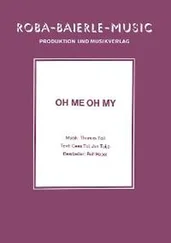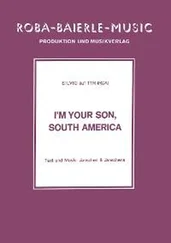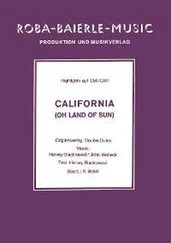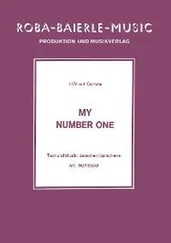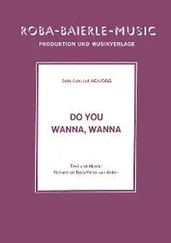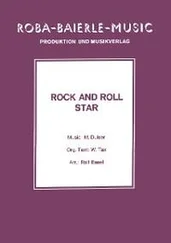is illustrated by the case of Pierre de Mazure de Rauzan who was involved in
estates such as Latour, Pichon Longueville, Rauzan Gassies and Rauzan-Ségla
as founder, director or owner: he would lend small producers money in an ap-
parently benevolent fashion, and when they were unable to pay it back he pock-
eted their land.
Another illustrious estate owner Nicolas Alexandre de Ségur, the ‘prince of
vines', popularised his wines Latour, Mouton, Calon and Lafite at the court of
the French king from 1716 onwards via the intermediary of the Marechal de
Richelieu. Lafite was said to be a treatment for gallstones. Legend also has it
that the Marquis de Ségur adorned his waistcoat with polished Médoc pebbles
rather than precious stones in order to demonstrate the source of his wealth.
Another regular consumer of his wines was the first British Prime Minister Sir
Robert Walpole, ensuring that Ségur wines enjoyed success in London. Be-
tween 1705 and 1711, the ‘London Gazette' newspaper (founded by the journalist
Henry Muddiman in 1667 and still in existence today) listed privateer booty for
auction, including on 22 May 1707 hundreds of barrels of Haut Brion, Margaux,
Latour and Lafite which all fetched impressive prices several times higher than
standard ‘claret'. So it is no surprise that local merchants began looking for more
affordable alternatives. As the four aforementioned top wines were virtually
una
ff
ordable in the 1727 vintage, one Bordeaux broker wrote a letter to the cel-
lar master to the heir to the throne suggesting a replacement which he tastily
described as follows: ‘Never in my life have I tasted a Chateau d‘Issan so good
as this vintage. It truly is a wine full of charm which I would very much like to
send to the Prince.'
From then on, new Bordeaux from fairy-tale Bordeaux chateaus became a
status symbol of the rich and beautiful. In the second half of the 19th century,
Emperor Franz Joseph of Austria-Hungary could be counted among Issan's fans,
and the ambassador and future US President Thomas Je
ff
erson said ‘there can-
not be a better bottle of Bordeaux wine than Margaux 1784'. Château Margaux
was praised by Rossini and drunk by Engels, who gave a simple answer to a
question from Karl Marx's daughter Eleanor about what he considered to be the
greatest expression of happiness: ‘a Château Margaux 1848'.
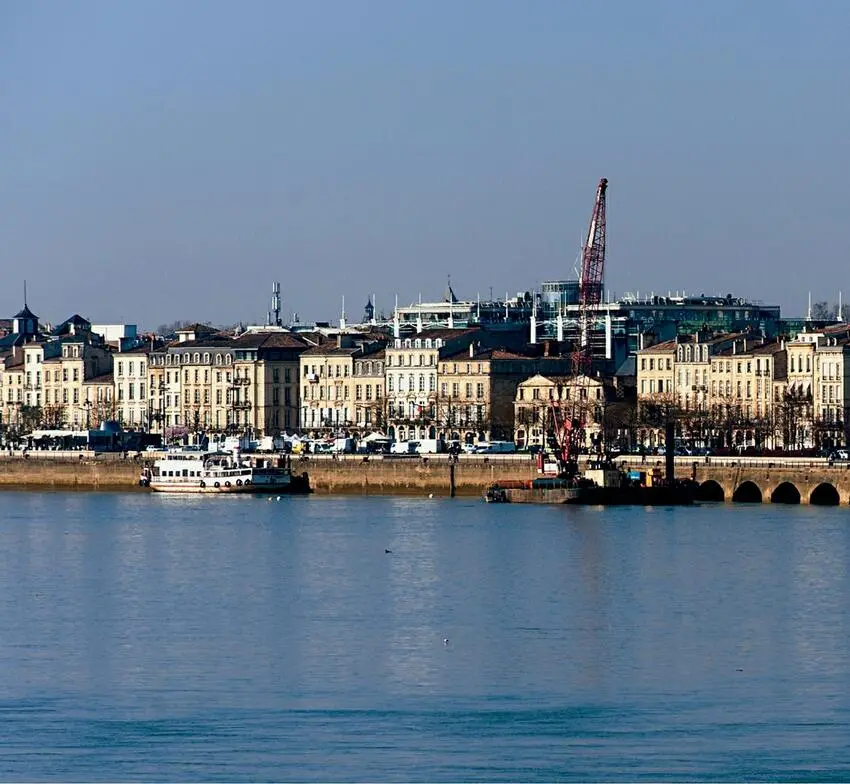
28
Trade triangle
The ‘vignoble bordelais' as we know it today, with its grand historic brands, ac-
tually emerged during the 18th century. Any claims by estates to have produced
top wine prior to 1650 can be considered pure speculation or even somewhat
fanciful. This new style of winegrowing initially spread across the best soils of
the Haut-Médoc peninsula, or more precisely throughout a strip of land a couple
of kilometres wide running along the Gironde containing the best gravel soils
around Margaux and its satellite villages, Saint-Julien, Pauillac, Saint-Estèphe,
Saint-Seurin de Cadourne, Moulis, Listrac and Saint-Laurent. Based on the Mé-
doc model, it then also emerged in the Libourne area (Fronsac, Saint-Emilion,
Pomerol), whose wines were primarily sold in northern France and the Benelux
region thanks to a few capable merchants in the city of Libourne. The global
Bordeaux trade first took an interest in this little corner in the late 19th century
when wines from the Médoc and Graves were in short supply after the phyllox-
era crisis: the vines in the limestone soils of Saint-Emilion withstood the insidi-
ous pest for somewhat longer, and the draining of the Pomerol plateau (which
was often knee-deep in water during the winter) enabled top-level winemak-
ing on a wider scale. The driving force behind this rapid development was Bor-
deaux's moneyed aristocracy, made rich by ‘triangular trade' with the colonies.
I have already suggested that coming to terms with the past is not really one of

The city of Bordeaux
29
Bordeaux's strengths, and one aspect is missing or even completely ignored in
many analyses of Bordeaux, namely the inglorious chapter of the slave trade.
Bordeaux, with Liverpool and Nantes, was for a long time one of its major hubs.
This is how scheming merchants did it: they gathered capital (as already men-
tioned, many Bordeaux citizens were part-time bankers), bought or chartered
a couple of ships, loaded them up with goods (wine) in Bordeaux, sent these
across the world, invested the profits in ‘black ivory' from Africa that they trans-
ported to the colonies, where these slaves were exchanged for ‘colonial goods'
such as coffee, cocoa or sugar which made their way back to Bordeaux – so as
well as making a bigger profit, they only indirectly got their hands dirty. So many
wine estates were created with capital earned from the slave trade that the phi-
losopher Montesquieu, living in neighbouring Labrède, definitely had first-hand
knowledge of what he was talking about when he penned the following: ‘the cry
for slavery is the cry of luxury and voluptuousness, not of public felicity.' How-
ever, in many learned books this chapter reads as follows: in the 18th century
Bordeaux became rich from trade and attracted numerous immigrants from
countries all over the world such as England, Ireland, Scandinavia, Germany
and Switzerland. They generally settled in the Chartrons (‘Carthusians') district
like generations of immigrants before them: originally marshland outside of
the city proper. By the late Middle Ages, Chartrons – with its barrel stores from

Château Gruaud Larose

31
Trade triangle History
which barrels could be rolled directly onto cargo ships – had already become a
traditional winemaking district and remained so until the 1980s. Bordeaux grew
quickly and was soon bursting at the seams, becoming the third-largest city in
France (behind Paris and Lyon), and was able to afford one of the 18th century's
most beautiful (and today one of the best maintained) collections of buildings.
For centuries Bordeaux survived skirmishes and military campaigns un-
scathed or with little damage. Its strategic location was too important, the in
fl
u-
ence of its residents was too great, and too much money was at stake, so Bor-
deaux was forgiven any transgression. During the ‘Fronde' from 1748, Bordeaux
was a sponsor and bastion of this uprising against the power-hungry holder of
the increasingly absolutist French crown. The city's surrender on 3 August 1653
brought an o
ffi
cial end to the protest movement. Despite a few punishments,
such as Bernard de la Nogaret de la Vallette, Duc d'Epernon and owner of Beych-
Читать дальше





